[The Montana Professor 15.2, Spring 2005 <http://mtprof.msun.edu>]
Hayden W. Ausland
Foreign Languages & Literatures (Classics)
UM-Missoula
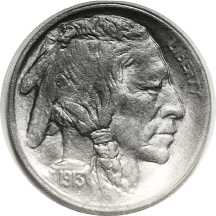
The obverse design is based on three Native American models. The designer, James Earle Frazer (best known for his "End of the Trail" sculpture), named these as Iron Tail, Big Tree, and Two Moons. All three seem to have performed in Eastern wild west shows at the time. Two Moons was a Cheyenne chief who fought at the Little Big Horn in 1876, and who lived to visit President Wilson in Washington, D.C. Iron Tail was a Sioux. The identity of Big Tree has been controversial: for a long time it was thought that Chief John Big Tree, a Seneca Indian, posed for Frazer, but subsequent research suggests that it was in fact Chief Adoette, a Kiowa (whose name means "Big Tree"). Chief Two Guns White Calf, a Blackfoot, was also once thought to have been this model.
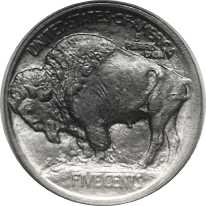
Fort Benton's attractions include the Agriculture Museum of the Northern Great Plains, which currently houses the Hornaday Buffalo Collection on loan from the Smithsonian. The six North American Bison in the group were collected in 1886 from the Blackfeet hunting grounds lying between the Yellowstone and Missouri Rivers. The large bull at the center of the group is held to have been the model for the reverse of the Indian Head Nickel, coined from 1913 through 1938. Others hold this was Black Diamond, a descendant of stock the the Barnum and Baily Circus gave to either the Bronx Zoo or Central Park Zoo. This animal was later processed into steaks, and his stuffed head was displayed at a coin convention during the 1980s. Since Black Diamond is on record as having been a decidedly contrary model, both accounts could be true.

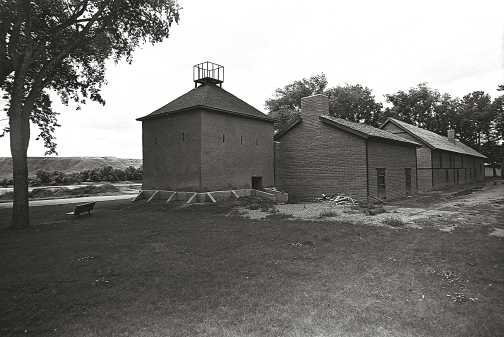
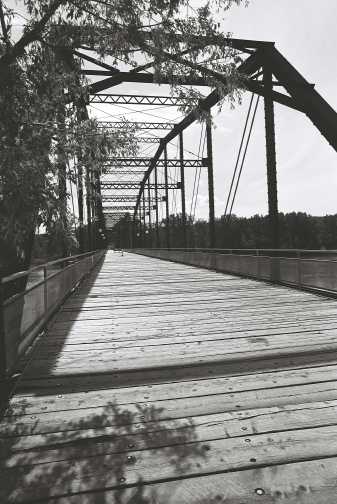
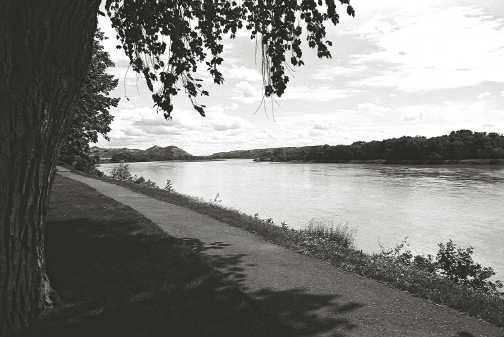
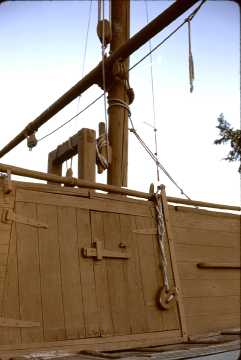
"These keelboats...drew only about three feet of water. Their cargoes and crews were carried above decks, in the cargo box, which was eighty feet long, higher than a man's head above deck, and so wide that it left only a narrow runway on either side, on which the polemen worked. Immediately forward of the cargo box was a stout mast, rigged with a square sail, but more often used in towing the boat upstream. This was done by attaching a long tow-rope, or cordelle, to the tope of the mast; the towers scrambled alongshore, through water, over rocks, sometimes swimming, sometimes wading, sometimes on solid, dry ground--for of course there was no tow-path.
"Forward of the mast was the cook's galley, more generally called a 'caboose.' At the stern, a great rudder or sweep extended to the top of the cargo box, where the steersman had his station. In the cargo box were bunkrooms for the crew and passengers, though they generally slept on deck, or on the flat top of the cargo box. The boat was provided with half a dozen oars on each side, forward of the cargo box, but these were used little, since the Missouri River was too strong for oarsmen to contend with. The boats had to be poled or towed upstream, and the men who did that heavy work were necessarily of iron strength and endurance. Those keelboatmen have not received their due share of glory for their part in civilizing the Old West."
--Stanley Vestal, Mountain Men (Boston: Houghton Mifflin, 1937), 4f.
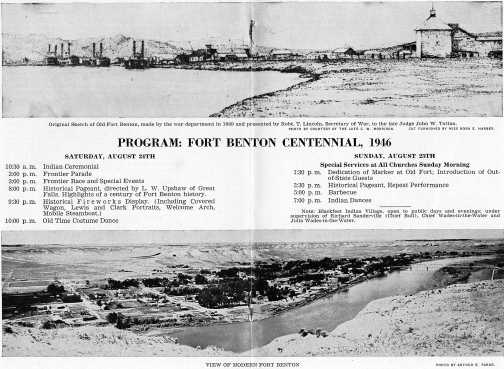
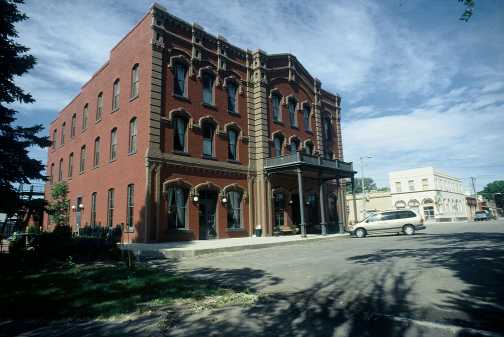
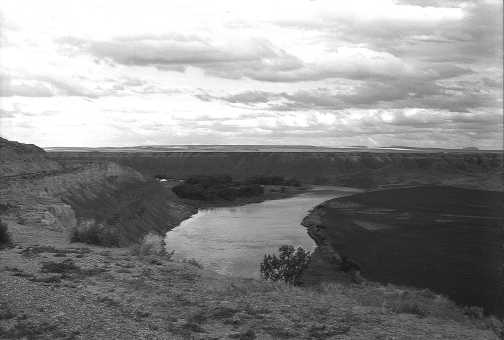
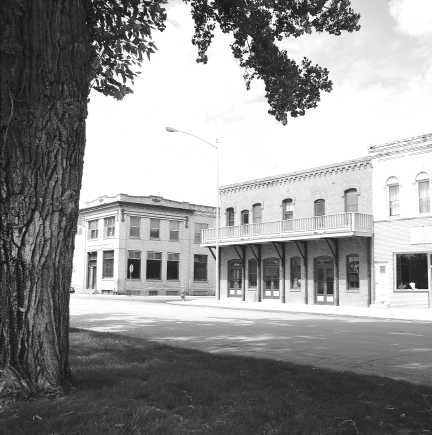
[The Montana Professor 15.2, Spring 2005 <http://mtprof.msun.edu>]